From American Vision:
The 10th Amendment and Ratification of the Constitution
By admin
Published: June 10, 2009
Humanly speaking, the authority of our Constitution is not based on the authority of the people of the nation or the Union but upon the authority of the people of the respective states. Sen. Daniel Webster to the contrary not withstanding, the Constitution’s Preamble’s opening phrase, “We the people of the United States,” did not mean, and was not intended to mean, the people of the United States as a united whole—as Federalist advocates of ratification of the Constitution had to admit again and again during the various states’ debates on ratification of the Constitution.
The evidence on this is quite clear despite the fact that it is seldom taught in our schools and colleges. Our War for Independence was fought to achieve the independence of the thirteen colonies—not of “a new nation,” as Lincoln, who sought to re-found our nation based on a particular reading of the Declaration, claimed. Our Declaration of Independence manifestly proclaimed the independence not of “a new nation” but of those thirteen “free and independent” states. The Articles of Confederation, our first constitution, was framed by representatives of those thirteen states then ratified by the legislatures of those same states. The Articles united those states under a national legislature but in a confederation which, by definition and design left each state free to govern itself. Our Constitution was framed by representatives of those thirteen independent states—who voted as states, not as individual representatives, nor as a national majority constituted of the majority of the representatives present in the Philadelphia Convention. The finished Constitution was sent not to an election of the people of the whole United States but to the individual states for ratification. Without being ratified, of course, the Constitution could not have had the authority to function as law, much less as our fundamental law.
The Constitution was ratified by those states as states. In each state a special session of the state’s legislature or a special state ratification convention with delegates chosen by the people the various districts of the state discussed and debated the document and its various provisions, voted, and determined whether or not to ratify the Constitution. As Madison said in Federalist No. 39, “ratification is to be given by the people, not as individuals composing one entire nation, but as composing the distinct and independent States to which they respectively belong.” And, “Each State, in ratifying the Constitution, is considered as a sovereign body, independent of all others, and only to be bound by its own voluntary act.”
So our Constitution was framed by representatives of the states who voted as states, and was ratified by representative bodies chosen by the people of each state. The people of the nation, as such, had no Part 1n either of these legal activities.
The process of ratification by the states made each state which ratified the Constitution the party to a covenant or compact. That compact was a covenant among the respective states and their peoples, not between the peoples of the several states tand the people of the whole nation.
In that compact the people of the several states delegated a small part of the authority of their respective states to the new central government established by the Constitution. In that compact the people of the states also forbade the states to exercise certain specific powers. But that was all. They neither delegated more authority and powers to the central government nor denied their states the authority to exercise additional powers.
The fundamental law established by the Constitution did not obliterate authority of the civil governments of the states which formed the Union. Nor did the Constitution give the central/national government established by that document the authority to meddle with the corporate identities of the peoples of the states. The Constitution was plainly not intended to do either. As Madison said in Federalist No. 39, although the operation of the powers which the central government does have is national, the extent of its powers are not. In the extent of its powers “the proposed government cannot be deemed a national one; since its jurisdiction extends to certain enumerated objects only, and leaves to the several States a residuary and inviolable sovereignty over all other objects.”
The states’ documents stating their ratification of the Constitution provide powerful testimony to their intention to keep the central government within its constitutional bounds, retain their own non-delegated powers, and reserve their right to defend their people’s inherited ways and liberty against central government injustice or tyranny. At least three of the states—Virginia, New York, and Rhode Island—in their ratification documents made it clear that they had the right to take back the powers which they had delegated to the central government whenever those powers were perverted by the central government or whenever it should become “necessary to their happiness.” Those states ratification documents also guarded against self-interested misconstruction of the Constitution’s wording to imply that Congress is entitled to any powers not stated in the Constitution.
These states’ intention was to protect the reserved powers of the states—each state’s authority to govern itself—as much as to limit the powers of the central government. New York’s ratification instrument stated it plainly: “that every Power, Jurisdiction and right, which is not by the said Constitution clearly delegated to the Congress of the United States, or the departments of the Government thereof, remains to the People of the several States, or to their respective State Governments to whom they may have granted the same…”
This, of course, is the essential idea of the Tenth Amendment: protection of the powers which the states had neither delegated to the national government nor forbidden to themselves in the Constitution; prevention of both the usurpation of these powers by the central government and the denial of these powers to the states by the central government. The power of this concept explains why what became the Tenth Amendment was added to the Constitution. The people of the states whose representatives framed and ratified the Constitution insisted that the authority of their states to govern their own internal affairs, and the powers necessary to accomplish that end, remain in the hands of their respective state governments.
Thus the ratification of the Constitution clarifies both the principles of what became our Tenth Amendment and the intensity with which Americans embraced the principles of that great amendment.
Article posted June 10, 2009
Wednesday, September 22, 2010
Subscribe to:
Post Comments (Atom)
.gif)



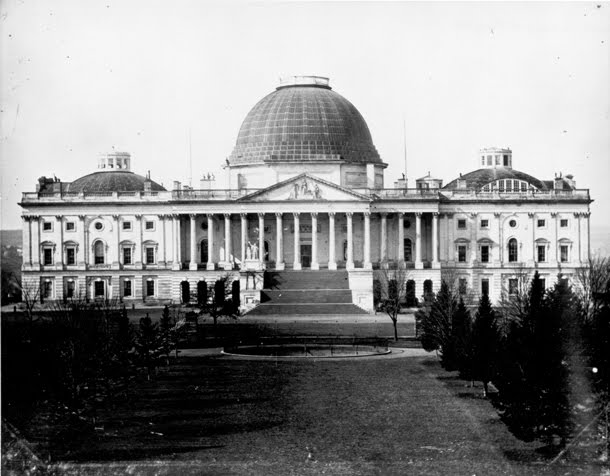









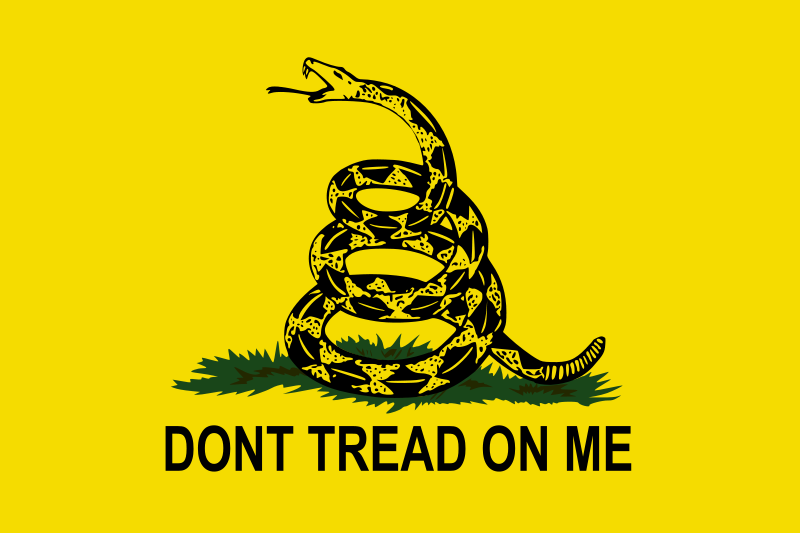
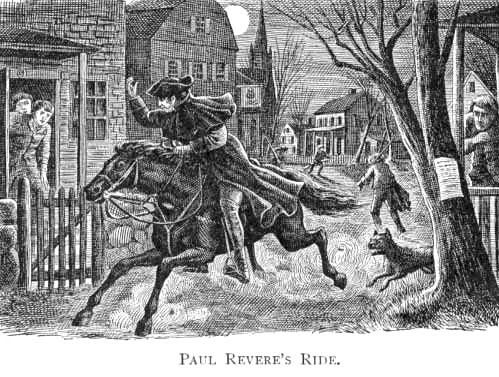

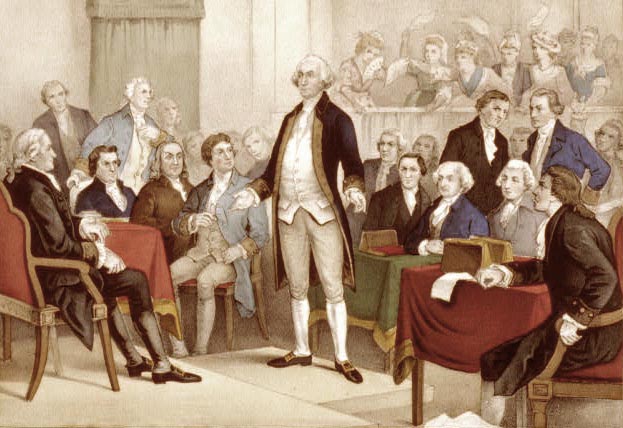

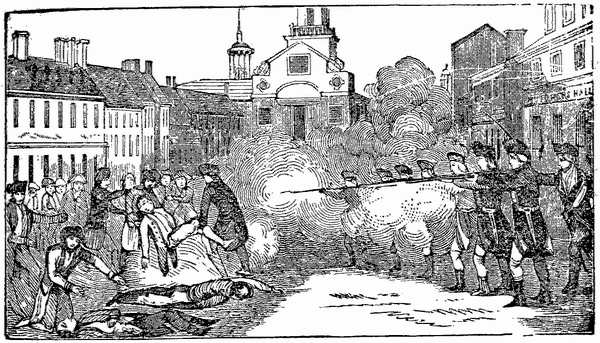
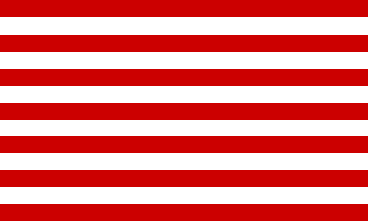
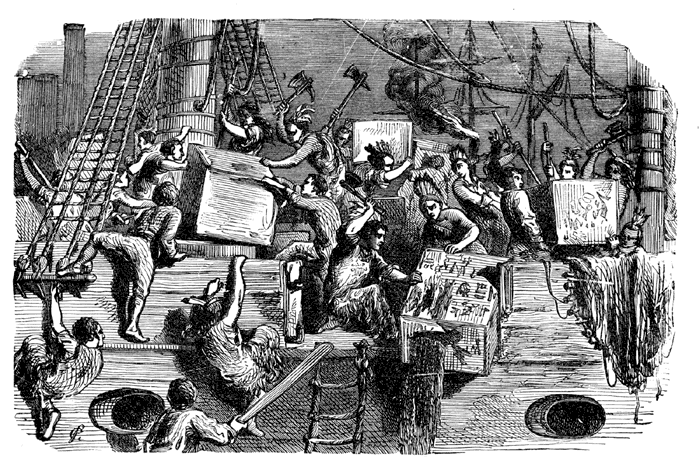




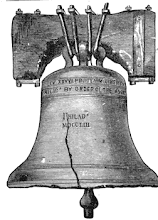




No comments:
Post a Comment